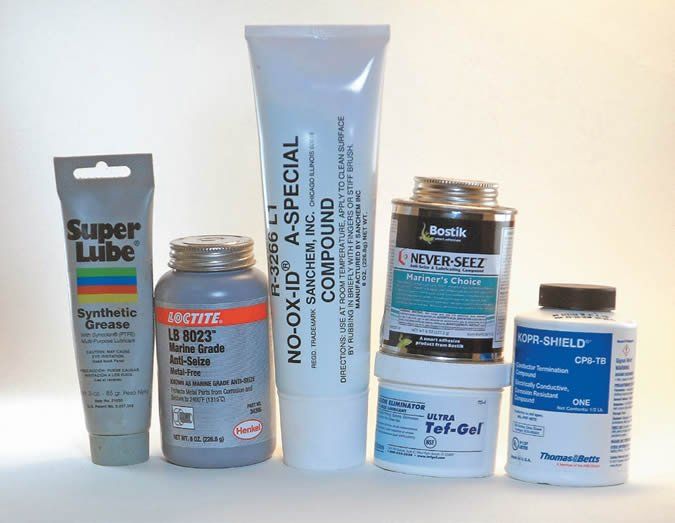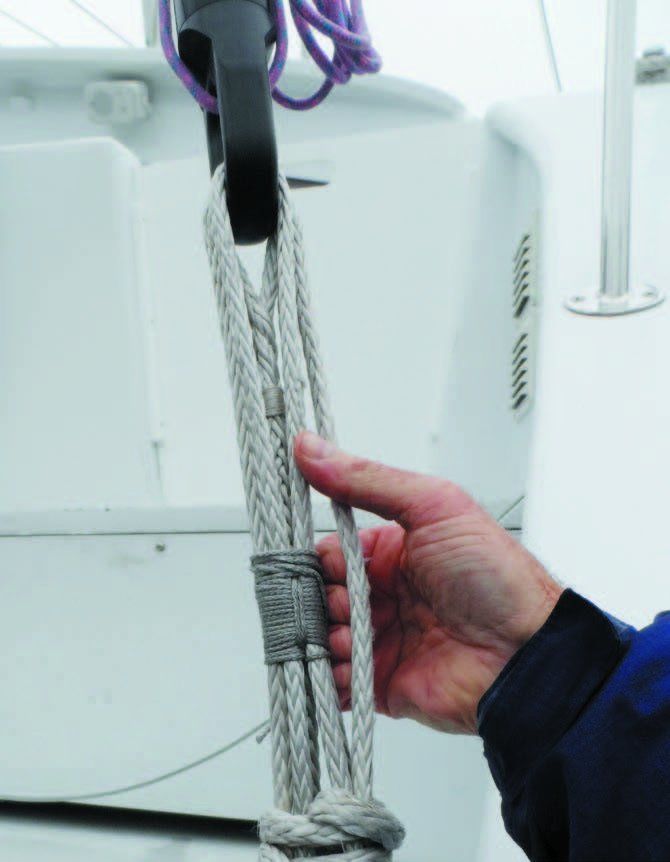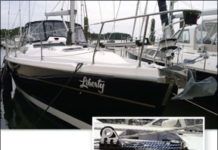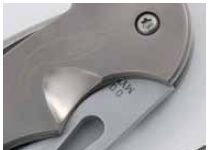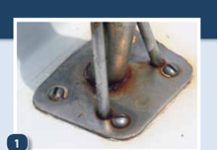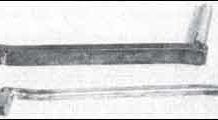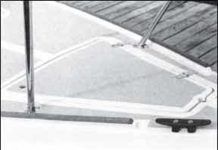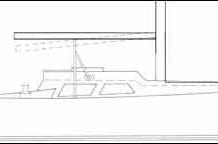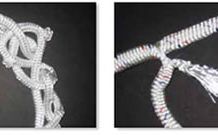Mailport: July 2013
A few issues ago, you had a short article on deck hardware (blocks, traveler, cars, etc.) that included Garhauer, and you mentioned that the manufacturer offered individual parts and complete systems that allow conversion from on deck to cockpit adjustment of the car position. We recently installed the EZ adjustable genoa car system from Garhauer and are very pleased with the results. This equipment fits on existing traveler tracks, is easy to install, and performs as advertised.
Titanium in the Marine Chandlery
Titanium’s high price is only one thing that is keeping in the realm of mega-yachts and Cup boats. Some of the essential roles that lightweight metals once played in deck hardware are now being taken by high tech fibers like Spectra or Vectran. Carbon fiber laminates are also taking the place of metal fittings, at a slightly lower cost. Nevertheless many manufacturers see a bright future for titanium. Here is some feedback we got from manufacturers on this topic.
Maintaining Stainless Steel
Stainless steel is exactly what the name says; the steel “stains less.” As PS’s February 2007 special report “Marine Metals Warning,” pointed out, stainless steel is not the maintenance free miracle material many boat owners imagine it to be. Some stainless steel is more stainless than others. With over 500 different grades of stainless steel, only a few meet the mark for use in the corrosive marine environment. Most marine stainless steel is grade 304 or 316. Stainless steels are made up of metals with a blend of iron, chromium, and nickel. Chromium resists corrosion, and nickel resists acids.
Buyers Guide: Choosing a New Cruising Main
As with any big ticket item, choosing a new mainsail involves a number of choices, each of which are driven by an equally diverse list of factors to consider, from the type of boat (cruising, racing sailboat), and area sailed (inshore waters, coastal waters, or bluewater), to the type of sailor you are (performance-oriented hard charger or weekend warrior). Practical Sailor offers a step-by-step rundown of the available options and the selection process our testers experienced when we shopped for a new mainsail for our Chesapeake Bay test boat. While the decisions will vary, the exercise can serve as a template for any sailor looking to upgrade a mainsail.
Design For: Winch Handles
Making spare winch handles is a simple job for a competent metal worker. This I discovered because our Norlin designed Scampi, Windhover, has eight winches, all of which were manufactured before the world standardized on the 11/6" winch handle lug size. Since Windhover's 9/16" size handles are difficult to obtain and impossible to find at discount I went to Frank "Red' Grobelch, a superb metalsmith/welder of Waukegan, Illinois with some ideas for making up some spares for me. I'm so pleased with the results that I'd recommend the project to any reader who is a competent metal worker or has a friend who is. Even if you can use and buy standard 11/16" size handles, your mental state when clumsy Uncle Fred drops a handle overboard will be far more buoyant if you know you can easily replace the lost handle in your own shop.
Clear the Decks: Anchor Wells and Bow Rollers
Ever since some ancient mariner broke a toe tripping over the killick stowed in the bow of his curragh, sailors have sought to solve the mysteries of ground tackle stowage. The solutions have been endless, and as a rule compromises. A significant portion of the interior volume of a 19th century warship was given over to the storage of anchor rode. Even aboard modern boats, the search for the proper stowage of several anchors and chain, plus hundreds of feet of sometimes slimy nylon anchor line, is one that occupies both designers and boat owners. Two "modern inventions" — the anchor well, and the bow roller — have greatly eased many of the problems of ground tackle stowage. But even these developments vary greatly in quality and design, some creating more problems than they solve.
Taming the Wild Boom: Two Designs for a Gallows
A wildly flailing boom is one of the most dangerous objects aboard a sailboat. If you could completely control the boom at anchor and under power, and while raising, lowering, and reefing the sail you'd avoid worry, save energy and be much safer. For this reason, many serious cruising boats have traditionally carried permanent boom gallows. They usually take the form of metal pillars bridg ed across the top by a wooden cross member. Bolted to the deck at the aft end of the cockpit or on the aft deck itself, they serve several functions: holding the boom firmly when the sail is down; catching the boom easily as the sail is lowered; and, perhaps most importantly, keeping the boom steady during reefing operations.
A Homemade Tiller Tender
On my Catalina 22 I have a tiller tender which has served me well for many years — and it didn't cost a cent. On top of the tiller are two pieces of 3/8" x 3/4" hardwood about 5" long. The two pieces are drilled horizontally, at the joint line, about 2" from the end to accommodate a 3" length of split neoprene which has an inside diameter slightly less than the diameter of the braided line which runs to the coamings. Two holes drilled vertically near the ends are used to fasten the device to the tiller.
Rope Test Yields Rope Hernias
Researching an upcoming article on the effects of various cleaning chemicals on ropes, our testers scrubbed and machine-washed mountains of nylon and polyester rope of every description. Samples ranged from three-strand dock line encrusted in marine life to brand-new polyester double-braid line. Our testing for that article continues, but we want to report one immediate finding relevant to any sailor who is wondering how to deal with old or dirty lines. Fully 70 percent of our test samples, including new and used line from New England Ropes (NER) and Samson Ropes, experienced failure of pre-spliced eyes; the buried portion of the core worked its way out of the main line and into the eye, where it carried zero load. In some cases, these failures were scarcely visible, while in others, the tail was exposed.
Sailboat Design Conference Part II
Take a cursory glance at a new 35-footer and you might easily conclude that, except for cosmetic changes, the boat is essentially unchanged from those that made their debut in 1995. But that is not the case. In contemporary designs, modifications to deck layouts, the design of creature comforts, and boathandling systems, all reflect the market's desire for easy use, as evinced by below-deck sheeting systems (X Yachts), electrically controlled stern platforms (C&C), and removable traveler systems (Etap), for instance.

































